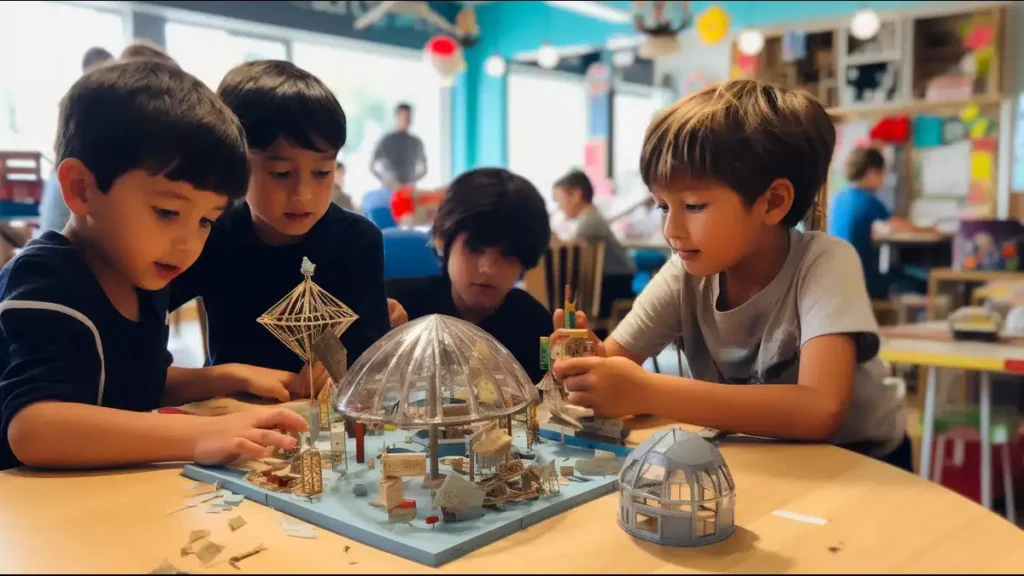What Drives Invention Ideas?
Invention ideas are the spark that sets the fire of innovation ablaze. They result from curiosity, creativity, and the desire to solve real-world problems. Throughout history, inventors have been driven by a passion to make a difference, to leave a mark, and to make life easier, better, and more enjoyable. From the most straightforward tools to the most complex technologies, inventions have transformed the way we live, work, and interact with each other.
The driving force behind invention ideas can be attributed to various factors, including:
- Necessity: Many inventions are born out of the need to solve a specific problem or fill a gap in the market. Inventors identify a challenge and work towards finding a solution.
- Curiosity: Inventors are often curious individuals who ask questions, explore possibilities, and experiment with new ideas.
- Creativity: The ability to think outside the box, make connections between seemingly unrelated concepts, and envision new possibilities is a hallmark of inventors.
- Inspiration: Inventors often draw inspiration from nature, art, science, and other fields, combining ideas and concepts in innovative ways.
Types of Invention Ideas
Invention ideas can be categorized into various types, including:
- Product Inventions are tangible objects or devices that can be held, used, or consumed. Examples include gadgets, machines, and consumer products.
- Process Inventions are new methods or techniques for achieving a specific goal or solving a problem. Examples include manufacturing processes, software algorithms, and business models.
- Service Inventions: These are intangible solutions that provide a benefit or value to customers. Examples include apps, platforms, and subscription-based services.
- Social Inventions: These ideas address social and environmental challenges, such as education, healthcare, and sustainability.
Sources of Invention Ideas
Invention ideas can come from anywhere, and inventors often draw inspiration from:
- Personal Experiences: Inventors may identify problems or opportunities through their experiences, observations, and interactions.
- Research and Development: Conducting research, reading, and exploring new technologies and innovations can spark ideas.
- Collaboration and Brainstorming: Working with others, sharing ideas, and building on each other’s thoughts can lead to innovative solutions.
- Crowdsourcing: Tapping into the collective creativity of a community or online platform can generate new ideas and perspectives.
- Nature and Biomimicry: Studying natural phenomena and adapting biological principles can inspire innovative solutions.
The Invention Process

The invention process typically involves:
- Idea Generation: Identifying and exploring potential ideas, often through brainstorming, research, and experimentation.
- Prototyping and Testing: Creating a rough or working model to validate the concept, identify flaws, and refine the design.
- Refining and Iterating: Continuously improving and refining the invention based on feedback, testing, and iteration.
- Patenting and Production: Protecting the invention through patents and trademarks and scaling up production for commercialization.
- Marketing and Sales: Promoting the invention to potential customers and generating revenue.
Famous Invention Ideas
Some of the most impactful invention ideas include:
- The Internet: The brainchild of Vint Cerf and Bob Kahn has revolutionized global communication, commerce, and information exchange.
- The Light Bulb: Thomas Edison’s invention of the light bulb has illuminated homes, workplaces, and public spaces for over a century.
- The Smartphone: The invention of the smartphone has transformed the way we communicate, access information, and navigate our daily lives.
- The Printing Press: Johannes Gutenberg’s invention enabled the mass production of books, democratizing knowledge and education.
- The Wheel: The invention of the wheel has enabled transportation, trade, and innovation for thousands of years.
Encouraging Invention Ideas
To foster a culture of innovation and encourage inventive ideas, we can:
- Embrace Failure: View failure as an opportunity to learn and improve rather than a setback.
- Foster Collaboration: Encourage teamwork, open communication, and cross-pollination of ideas.
- Provide Resources: Offer access to funding, mentorship, and tools to support inventors and entrepreneurs.
- Celebrate Successes: Recognize and celebrate inventors and their achievements to inspire others.
- Encourage STEM Education: Foster interest in science, technology, engineering, and mathematics (STEM) to develop the next generation of inventors.
Invention Ideas in the Modern Era
In today’s fast-paced, technology-driven world, inventive ideas are more important than ever. With the rise of artificial intelligence, blockchain, and the Internet of Things (IoT), new opportunities for innovation are emerging. Some of the most exciting areas for invention ideas include:
- Sustainable Energy: Developing new renewable energy sources, improving energy efficiency, and reducing carbon emissions.
- Healthcare Technology: Creating new medical devices, diagnostic tools, and treatments to improve patient outcomes and quality of life.
- Artificial Intelligence: Developing AI-powered solutions for healthcare, finance, and transportation industries.
- Virtual and Augmented Reality: Creating immersive experiences for entertainment, education, and training.
- Cybersecurity: Developing new technologies to protect against cyber threats and data breaches.
The Role of Crowdsourcing in Invention Ideas
Crowdsourcing has become a powerful tool for generating invention ideas. Platforms such as Kickstarter, Indiegogo, and Quirky allow inventors to share their ideas, raise funds, and gather feedback from a community of supporters. This approach has enabled many inventors to bring their ideas to life, including:
- Pebble Watch: A smartwatch that raised over $20 million on Kickstarter.
- Form 1 3D Printer: A high-resolution 3D printer that raised over $3 million on Kickstarter.
- Exploding Kittens: A card game that raised over $8 million on Kickstarter.
The Future of Invention Ideas
As technology evolves, we can expect to see even more innovative invention ideas emerge. Some of the trends that are likely to shape the future of invention include:
- Increased focus on sustainability: Inventors will prioritize environmentally friendly and sustainable solutions.
- Advances in AI and machine learning: Inventors will leverage AI to create intelligent systems and products.
- Growing importance of cybersecurity: Inventors will develop new technologies to protect against cyber threats.
- Rise of the Internet of Things (IoT): Inventors will create new devices and systems that connect and interact with each other.
Conclusion
Invention ideas can transform industries, improve lives, and shape the future. By understanding what drives invention ideas, recognizing the different types and sources of ideas, and embracing the invention process, we can unlock the innovation potential and create a better world for all. As we look to the future, it’s clear that invention ideas will continue to play a vital role in shaping our world and solving our challenges.


